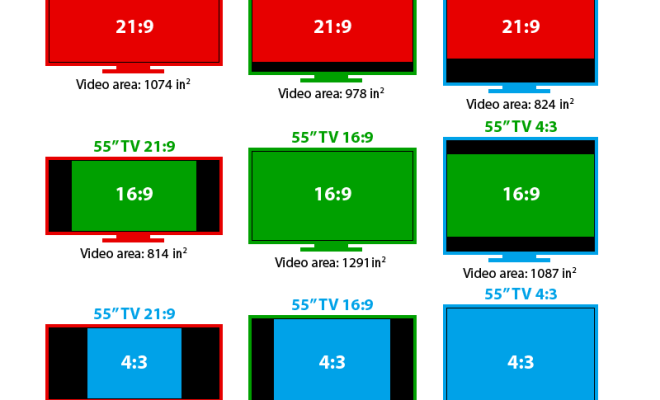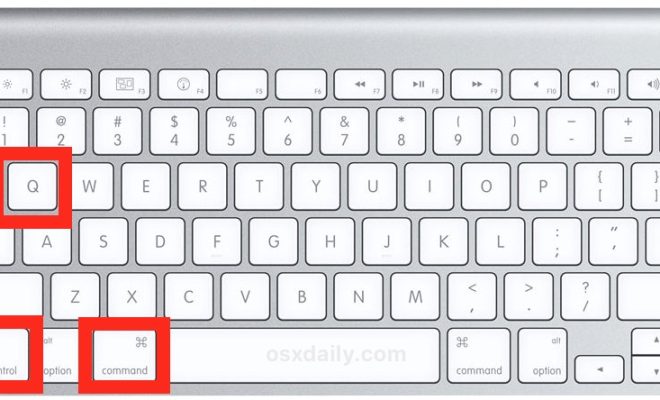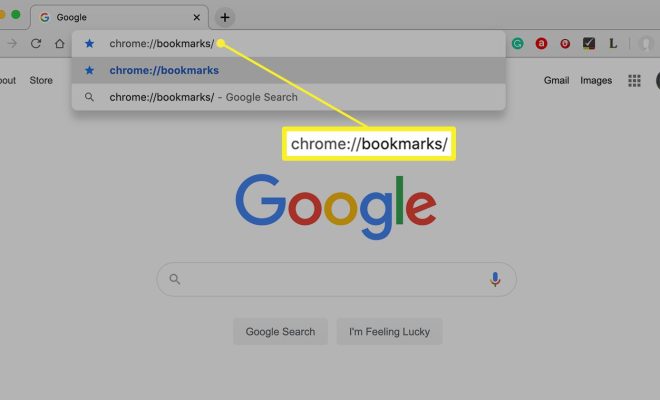4:3 vs. 16:9: Which Aspect Ratio Is Better for Photos and Videos?

With the rise of digital cameras and video editing software, photographers and videographers are faced with the decision of choosing an aspect ratio for their work. The two most common aspect ratios are 4:3 and 16:9, each with its own benefits and drawbacks. In this article, we’ll explore the differences between the two aspect ratios and help you decide which one is best for your photos and videos.
4:3 Aspect Ratio
The 4:3 aspect ratio is the standard of old CRT television screens and early digital cameras, with a width-to-height ratio of 4:3. It is a squarer image, and most commonly seen in 3072 x 2304 pixels or 640 x 480 pixels resolutions. For photographers who want more vertical coverage in their images or need to shoot vertical orientation, 4:3 is preferred. In other words, the 4:3 aspect ratio is excellent for taking vertical or portrait shots.
The advantage of 4:3 aspect ratio is that the image provides a large work area for cropping images. Users of 4:3 can extend their images vertically or horizontally to suit their artistic expressions. The ratio is also perfect for formal photo portraits, where subjects are taking up the majority of the frame. When viewed on newer 16:9 screens or devices, the 4:3 aspect ratio may result in black bars appearing around the image. However, these bars are expected and do not necessarily affect the quality of the image.
16:9 Aspect Ratio
The 16:9 aspect ratio is the industry’s standard for high-definition screens, commonly seen in 1920 x 1080 pixels or 3840 x 2160 pixels resolutions. The aspect ratio of 16:9 is widely adapted by filmmakers due to its popularity in the industry. This aspect ratio can accommodate a wider field of view, making it the go-to for shooting landscapes and action scenes.
The primary advantage of 16:9 is that it provides a viewing experience that closely emulates the human eyesight. The aspect ratio generates an immersive cinematographic experience, making it a popular choice for the film industry. 16:9 aspect ratio is also perfect for capturing a wide shot of multiple people.
Which Aspect Ratio is Better?
There is no definitive answer to which aspect ratio is better for photos and videos, as both have their unique benefits and drawbacks. The best aspect ratio solely depends on your artistic vision and preference. If you’re a portrait photographer, you might prefer to stick with the 4:3 aspect ratio, while videographers might opt for 16:9.
It’s also important to note that when choosing an aspect ratio, it’s essential to consider what platform the image will be displayed on. Videos created for social media and online sharing are typically optimized for the 16:9 aspect ratio. Meanwhile, smartphone cameras and digital cameras usually capture images at 4:3 aspect ratio, and large format prints adapt to the 3:2 aspect ratio.





